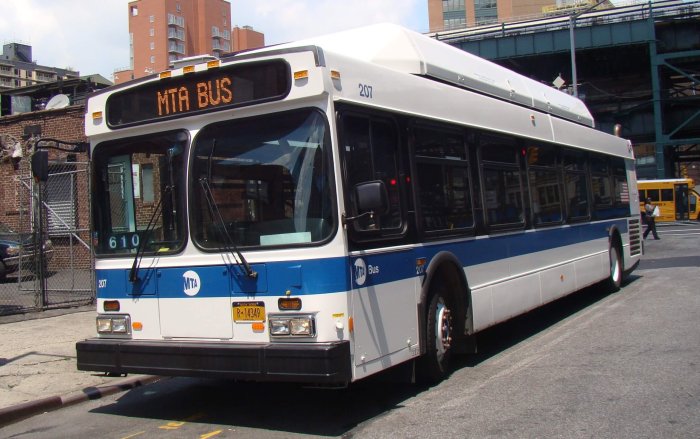By Bob Harris
Queens Borough President Helen Marshall has continued the policy of her predecessor and holds meetings of the Queens Zoning Task Force. The most recent meeting took place April 24 at Queens Borough Hall. A number of civic association leaders, community board members and builders were present.
Civic associations are concerned with the growing number of community facilities in placid residential neighborhoods. These facilities were written into the Zoning Resolution in 1961 and were houses of worship and doctors’ offices to which local people could walk. Many doctors’ offices were in private homes where the doctor lived.
But all that has changed. Doctors want to buy a house and enlarge it so several doctors can use it. And since there is so much cultural diversity these days, each different group wants its own institution. Adding to the problem is that many groups want a catering hall in their community facility so they can earn money to pay for the cost of the building.
The civic associations of Queens County have united under an umbrella group called the Queens Civic Congress. The problem these civics have with community facilities is that they can be created “as of right.” They are also given certain rights so they can expand or buy another house next door.
Some are expanded so much that they are out of context with the one-family homes in residential communities. Some facilities buy two or three houses and then want to construct buildings that dwarf the one-family homes that were there first.
The New York City Department of Planning is under pressure from the civics and has been promising for years to develop a policy on community facilities and define when too many constitutes saturation. At the April 24 meeting a representative said that Planning is studying the issue — again or still.
There was discussion that perhaps zoning laws could be changed to permit these facilities in areas zoned for industry, where there is often lots of space for larger buildings and parking for cars and buses. The issue of the bulk of these facilities was discussed. Some are just too big for a one- or two-family area. Perhaps there should be some restraint of building in rear yards.
Then there is the issue of defining a house of worship and the need for parking of the members’ vehicles. Where does a house of worship end and a social club or catering hall start? There is the problem of a facility becoming boroughwide or citywide and drawing in people from all over with crowding, noise and trash on the ground.
One civic leader said this study has been going on for 12 years, which is short in geological time but too long for distressed homeowners.
The Task Force discussed strategies for producing more housing in such areas as the Morrisania section of the Bronx, Greenpoint in Brooklyn and Hunters Point in Queens. They want to build housing on formerly manufacturing-zoned areas where manufacturing has left.
In Jamaica City, the Department of Planning wants to develop a central business district and remove restrictive rules. It also wants to redevelop the Queens Plaza area and develop housing along the Queens waterfronts.
A number of civic associations want their areas to be downzoned to prevent the building of larger houses out of context with the current housing stock. Fresh Meadows is basically zoned for R2, which is for one-family homes, with some areas zoned R3-2 for two-family homes. The problem is that people buy a house and then build to lot capacity, either legally or illegally.
The other problem is that these community facilities want to expand in size using their special privileges or with a variance of the zoning restrictions.
You have to be concerned about your neighborhood. Get active in your civic association or join or create one. For zoning information, call Community Board 8 at 718-264-7895.
There is talk of shutting down the “Iron Pipeline” of handguns bought in southern states and brought to New York City to be sold to criminals. It seems that 90 percent of the guns used in crimes here came from Virginia, Florida, Georgia, North Carolina and South Carolina.
One solution would be to restrict the sale of guns to one per person per month. This would cut down on the volume of buying and the profit that comes with this practice. This sounds like the complaint I have heard for years about cigarette smuggling from North Carolina.
It seems the police are stopping cars where people have not buckled their seat belts. Better publicity about the value of using safety belts would be good, especially for younger drivers. High-risk locations should be checked more carefully by the police.
One other benefit of stopping people who are not using seat belts is that the tickets raise money to pay off our deficits. Either reason is good enough for me.


































